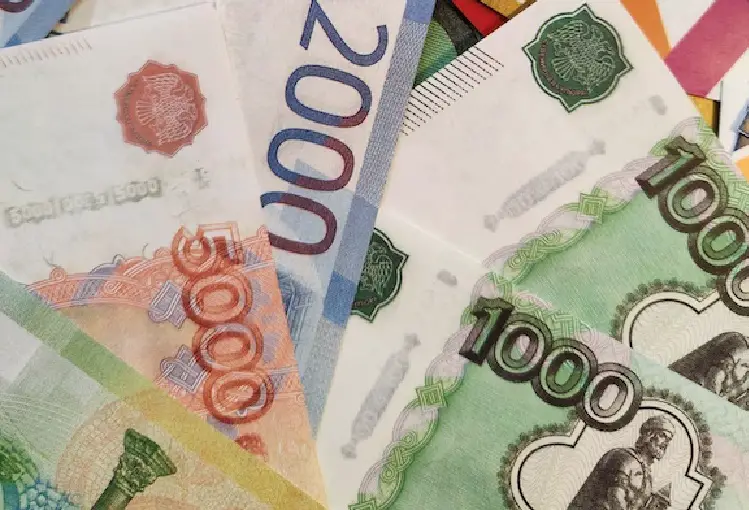On Tuesday, the ruble weakened beyond the symbolic level of 100 per US dollar, as outflows of foreign currency and a changing trade balance continue to drive the currency down. It was August 14th when the ruble was last trading at 100 per dollar.
Through morning trading the ruble regained some losses, to trade at just over 99 to the dollar. It also gained slightly against the euro, after falling to a low of 104.6.
Analysts attribute the weakness in the ruble to an insufficient supply of foreign currency in the nation mixed with a soaring demand for it, including from importers, as well as shifts in the nation’s trade balance.
Aleksandr Bakhtin, an investment strategist at BKS Mir Investment, said in an interview with Prime News, “At the moment, the end of the tax period, speculative issues, as well as a decrease in the liquidity of the already ‘thin market’ due to the holidays in China from October 2 to 6 are additionally playing against the national currency.”
He predicted the ruble would settle at roughly 95-96 per dollar within a month, and by the end of the fall, it would strengthen to 90 per dollar. He also predicted that the effect of recent key rate hikes enacted by the Central Bank of the Russian Federation may also gain momentum shortly.
The central bank hiked the key interest rate on August 15th from 8.5% to 12%. The hike came on the heels of a one percentage hike in the previous month. Prior to that hike, the central bank had held the rate unchanged for several meetings in a row since last October.
The central bank has said the depreciation of the ruble poses no risk to the financial stability of Russia. Maksim Oreshkin, the economic advisor to Russian President Vladimir Putin, has said he expects the Russian currency to settle into a stable position, and that the central bank has everything it would need to settle the issue.


